Home>Interior Design>A Renovated Victorian Home That Benefits From A Harmonious Layout
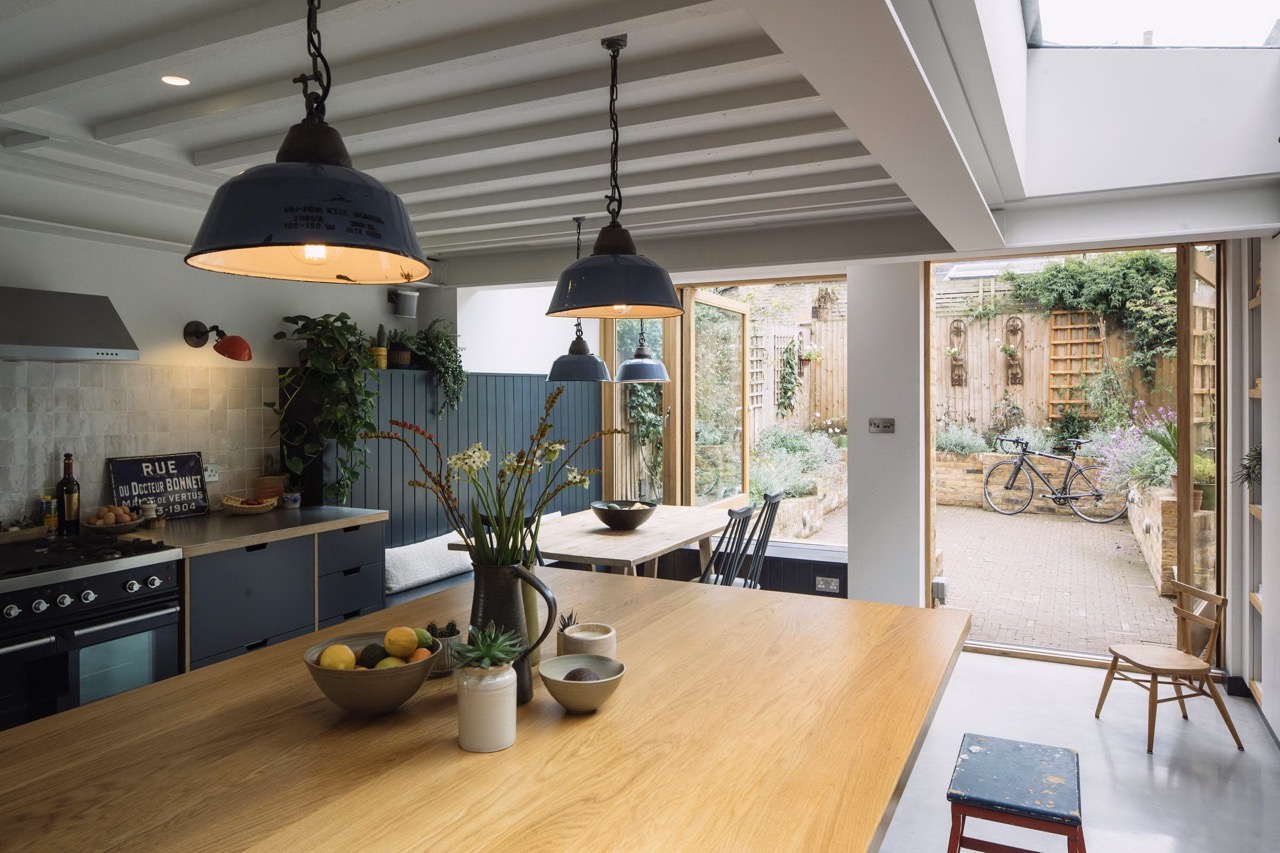

Interior Design
A Renovated Victorian Home That Benefits From A Harmonious Layout
Modified: January 21, 2024
Immerse yourself in the stylish and inviting interiors of this beautifully renovated Victorian home. Discover a harmonious layout that showcases the best in interior design.
(Many of the links in this article redirect to a specific reviewed product. Your purchase of these products through affiliate links helps to generate commission for Storables.com, at no extra cost. Learn more)
Introduction
Welcome to the world of interior design, where creativity and functionality come together to transform living spaces. In this article, we will explore the art of renovating a Victorian home and creating a harmonious layout that enhances both its historical charm and modern comfort.
A Victorian home is characterized by its ornate details, intricate craftsmanship, and nostalgic appeal. However, these homes often come with challenges in terms of outdated layouts and limited space. With the right design approach, it is possible to revitalize these homes and create a seamlessly flowing space that meets the needs of contemporary living.
Renovating a Victorian home requires careful consideration of its unique architectural features, historical significance, and the demands of modern-day living. It is a delicate balance between preserving the original charm of the house and introducing new elements that enhance its functionality and aesthetics.
In the following sections, we will delve into the exterior renovations, interior design, open floor plans, natural lighting, functional spaces, harmonious color palettes, and the preservation of original Victorian features. Buckle up, as we embark on a journey to discover the secrets of transforming a Victorian home into a haven of style and comfort.
Key Takeaways:
- Embrace the historical charm of a Victorian home by carefully preserving original features while incorporating modern design elements for a harmonious and captivating living space.
- Transform a Victorian home into a haven of style and comfort by maximizing natural lighting, creating functional spaces, and selecting a harmonious color palette that balances historical authenticity with modern sensibilities.
Read more: How To Link Harmony Hub To Google Home
Exterior Renovations
The first step in renovating a Victorian home is often focusing on the exterior. The exterior of a home sets the tone for what lies within and creates a lasting first impression. With the right renovations, you can enhance the curb appeal and breathe new life into your home.
One aspect to consider is restoring and preserving the original architectural features of the home. Victorian homes often have unique elements such as ornate trimwork, decorative windows, and intricate wooden details. By carefully restoring and maintaining these features, you can retain the historical charm of the home while ensuring its structural integrity.
Another consideration is updating the exterior color palette. Victorian homes were traditionally painted in vibrant and rich colors, reflecting the opulence and grandeur of the era. While it’s essential to preserve the historical integrity of the home, you can opt for contemporary shades that complement the architectural style. Choose a color scheme that enhances the unique features of your home and creates a harmonious blend.
In addition to paint, exterior renovations may include replacing or repairing the roof, updating the windows and doors, and enhancing the landscaping. These improvements not only enhance the aesthetic appeal but also contribute to the overall functionality of the home.
When renovating the exterior, it is crucial to strike a balance between maintaining the original character of the home and incorporating modern elements that improve energy efficiency and durability. For example, replacing old, drafty windows with energy-efficient ones can significantly impact the comfort and functionality of the home while preserving its architectural integrity.
By investing in exterior renovations, you can transform the outward appearance of your Victorian home and create a welcoming and inviting facade that showcases its timeless beauty.
Interior Design
Once the exterior renovations are complete, it’s time to focus on the interior design of your Victorian home. The goal here is to seamlessly blend the old with the new, creating a space that is both historically charming and functionally modern.
One of the key considerations in interior design is the layout of the space. Victorian homes often have smaller rooms segmented by walls, which can create a sense of confinement. To open up the space and create a more fluid and airy feel, consider removing non-load-bearing walls and incorporating an open floor plan.
An open floor plan allows for better flow between rooms, maximizes natural light, and creates a sense of spaciousness. It also provides the flexibility to create multifunctional spaces that cater to different needs, such as a combined kitchen and dining area or a living room that seamlessly transitions into a home office.
Natural lighting is another crucial aspect of interior design in a Victorian home. Maximizing the use of daylight not only enhances the overall ambiance but also reduces the reliance on artificial lighting. Consider adding skylights, enlarging windows, or repurposing unused spaces to create cozy reading nooks flooded with natural light.
When it comes to selecting furniture and decor, it’s essential to strike a balance between modern styles and Victorian aesthetics. Opt for pieces that complement the architectural features of the home while reflecting your personal style. Antique furniture mixed with contemporary pieces can create a truly unique and eclectic look.
A harmonious color palette is also vital in interior design. Victorian homes traditionally featured rich and deep colors, so incorporating shades like deep greens, jewel tones, and warm neutrals can pay homage to the historical roots. Pair these colors with lighter shades and soft textures to create a visually balanced and inviting space.
Lastly, pay close attention to preserving and highlighting the original Victorian features in your home. Exposed brick or stone walls, fireplaces, decorative moldings, and ceiling medallions are unique details that add character and charm. Restore and maintain these features, ensuring they remain the focal points of the space.
By carefully balancing the layout, lighting, furniture, color palette, and preservation of historical details, you can create an interior design for your Victorian home that captures the essence of the past while embracing the comforts and trends of the present.
Open Floor Plan
An open floor plan is a modern design concept that has gained popularity in recent years. It involves removing walls and barriers within the interior of a home to create a more spacious and flexible living space. Implementing an open floor plan in a Victorian home can transform the traditional segmented layout into a more contemporary and functional space.
One of the primary advantages of an open floor plan is the improved flow and connectivity between different areas of the home. By removing walls that separate the kitchen, living room, and dining room, for example, you can create a seamless transition and promote interaction among family members and guests.
In a Victorian home, where rooms were typically closed off from one another, an open floor plan can make the space feel larger and more airy. The removal of walls allows natural light to penetrate deeper into the home, making it appear brighter and more welcoming.
Another advantage of an open floor plan is the flexibility it offers in terms of furniture arrangement and usage of space. Without walls dictating the placement of furniture, you have the freedom to create multifunctional areas that adapt to your lifestyle. For instance, a large island in the kitchen can serve as both a cooking station and a gathering spot for socializing.
Additionally, an open floor plan encourages a more inclusive and communal atmosphere in the home. It allows for easy conversation and interaction between family members and guests, regardless of where they are in the shared space. This can be particularly beneficial for those who enjoy hosting gatherings and parties.
When incorporating an open floor plan in a Victorian home, it’s important to consider the architectural integrity and historical details of the space. By retaining and highlighting unique features such as decorative molding, ornate columns, or original fireplaces, you can seamlessly blend the old-world charm with the modern layout.
However, it’s crucial to strike a balance between the open concept and the need for privacy and separation when required. The use of room dividers, such as sliding doors or decorative screens, can help define distinct areas without compromising the overall openness of the space.
Overall, implementing an open floor plan in a Victorian home can breathe new life into the traditional layout and create a more contemporary and functional living space. By enhancing the flow, promoting natural light, and allowing for greater flexibility, an open floor plan can transform your home into a haven of modern comfort and style.
Natural Lighting
Natural lighting is a key element in interior design that can have a profound impact on the overall look and feel of a space. When renovating a Victorian home, which often features smaller rooms and limited natural light, maximizing the use of daylight becomes even more crucial.
Bringing in an abundance of natural light has numerous benefits. First and foremost, it creates a warm and inviting atmosphere, making the space feel more open and spacious. Natural light has a way of making colors appear more vibrant and textures more pronounced, enhancing the overall visual appeal of the room.
One of the main challenges in a Victorian home is the relatively small windows and limited opportunities for natural light to enter. Therefore, one effective way to increase natural light is by enlarging existing windows or adding new ones strategically. This will not only bring in more daylight but also provide beautiful views of the outdoors, connecting the interior and exterior spaces.
Another way to maximize natural light is by incorporating skylights into the design. Skylights can be installed in areas that are difficult to reach with traditional windows, such as hallways or bathrooms. They allow light to filter down from above, creating a bright and airy atmosphere in what would otherwise be dimly lit spaces.
In addition to enlarging windows and adding skylights, it’s important to consider window treatments that allow for optimal light penetration. Sheer curtains or blinds that can be easily opened or closed provide privacy when needed, while still allowing natural light to fill the room.
Incorporating reflective surfaces into the interior design can also help maximize natural light. Mirrors, for example, can be strategically placed to bounce light around the room, making it appear brighter and more spacious. Additionally, light-colored or reflective flooring, such as polished hardwood or tiles, can help reflect sunlight and distribute it evenly throughout the space.
When the layout of a Victorian home does not allow for significant changes to the windows or skylights, it becomes essential to utilize artificial lighting effectively. Choose light fixtures that mimic natural light as closely as possible, such as those with adjustable color temperature or dimming capabilities. This will help create a more natural and inviting atmosphere, even when the sun is not shining.
By emphasizing natural lighting in a Victorian home, you can transform dim and enclosed spaces into bright and welcoming areas. With the right design approach and strategic placement of windows, skylights, and reflective surfaces, you can breathe new life into your home and create a more harmonious and uplifting living environment.
When renovating a Victorian home, consider preserving original features like moldings and fireplaces to maintain the harmonious layout and historical charm.
Functional Spaces
When renovating a Victorian home, it’s essential to create functional spaces that cater to the specific needs and lifestyle of modern living. Victorian homes were typically designed with smaller, compartmentalized rooms, which may not align with the open and multifunctional layouts sought after today.
One popular approach is to repurpose existing rooms to better suit modern requirements. For example, a small bedroom can be transformed into a home office or a cozy reading nook. By reimagining the functionality of each space, you can make the most of your home’s square footage.
Incorporating multifunctional furniture is another effective way to maximize functionality in a Victorian home. For instance, an ottoman with built-in storage can serve as both a footrest and a place to store blankets or magazines. A dining table with drop leaves can be expanded for larger gatherings or folded down to save space when not in use.
Utilize clever storage solutions to make the most out of limited space. Consider installing built-in bookshelves or utilizing under-stair storage for items such as shoes or seasonal decor. By keeping the clutter at bay, you can create an organized and functional living environment.
When designing functional spaces, it’s important to consider the traffic flow and ease of movement within the home. Ensure that there is enough space between furniture pieces and that pathways remain unobstructed. This will not only improve functionality but also enhance safety and comfort for all occupants.
Consider the specific needs of your household members when designing functional spaces. If you have young children, create dedicated play areas with ample storage for toys. If you work from home, set up a home office with proper lighting, comfortable seating, and necessary technology and equipment.
The kitchen is often the heart of a home, and in a Victorian home, it may require some reconfiguration to maximize its functionality. Consider opening up the space to adjoining dining or living areas to create a more inclusive and interactive atmosphere. Enhance storage options and upgrade appliances to ensure efficiency in meal preparation and organization.
Lastly, don’t forget about outdoor spaces when creating functional areas in a Victorian home. Utilize the backyard or patio as an extension of your living space by creating outdoor seating areas, gardens, or even a play area for children.
By thoughtfully considering the functional needs of your household and making strategic design choices, you can transform your Victorian home into a space that is not only aesthetically pleasing but also meets the demands of modern-day living.
Harmonious Color Palette
Choosing the right color palette is critical when renovating a Victorian home. The colors you select can greatly impact the overall ambiance and aesthetic of the space. Creating a harmonious color palette that complements the architectural style and creates a cohesive look is key.
In a Victorian home, it’s important to strike a balance between preserving the historical integrity and adding modern touches. One approach is to opt for colors that were commonly used during the Victorian era. Rich and deep hues like deep blues, emerald greens, and deep burgundies can evoke a sense of luxury and timelessness.
However, it’s also essential to consider the size and layout of the rooms in your Victorian home. If the space is smaller or lacks natural light, using darker colors exclusively may make it feel cramped or gloomy. Consider incorporating lighter shades in strategic areas to create balance and enhance the sense of spaciousness.
When selecting a color palette, it can be helpful to choose a primary color and then build on it with complementary shades. For instance, if the primary color is a deep blue, you can use lighter shades of blue for the walls and accent pieces, and add pops of complementary colors like gold or cream for a touch of contrast.
It’s also important to consider the architectural details of the home when choosing a color palette. Crown molding, intricate woodwork, and ceiling medallions are prime features that can be accentuated with the right color choices. Selecting a complementary color for these details can create a visually stunning effect.
Consider the overall mood and desired ambiance of each room when selecting colors. For a tranquil and relaxing bedroom, opt for soothing shades of lavender or soft neutrals. In a vibrant and energetic living room, bold and rich colors like red or jewel-toned accents can create a sense of drama.
When in doubt, it’s always a good idea to seek inspiration from the Victorian era itself. Researching historical color palettes and examining Victorian interiors can provide valuable insights and ideas for selecting the right colors for your home.
Remember, a harmonious color palette doesn’t mean that every room in the house should be the same color. It’s about creating a sense of cohesion and flow throughout the home while allowing each room to have its distinct character and style.
By carefully selecting a harmonious color palette that takes into account the size, natural light, architectural details, and desired mood of each room, you can enhance the visual appeal and create a truly cohesive and stunning interior in your Victorian home.
Original Victorian Features
Preserving and highlighting the original Victorian features in your home is essential to maintaining its historical charm and character. These unique architectural details are a testament to the craftsmanship and style of the era and can serve as focal points that add incredible visual interest to your space.
One of the most prominent original features in Victorian homes is decorative molding and trimwork. Intricate woodwork can be found in the form of crown molding, chair rails, and baseboards. These details not only add elegance and sophistication but also help to define and accentuate the architectural lines of the space. Consider restoring or replicating any damaged or missing molding to maintain the integrity of the home.
Fireplaces are another prominent feature in Victorian homes. They were often ornately designed, with intricate tile patterns or carved mantels. If your home still has its original fireplace, make it a focal point by restoring it to its former glory. If the fireplace has been removed or is non-functional, consider installing a period-appropriate reproduction or creating a decorative feature to maintain the historical ambiance.
Windows and doors are important features in Victorian homes, typically with decorative details like stained glass panels or elaborate wooden frames. Take care to preserve these unique elements and, if necessary, restore or replicate any missing or damaged pieces. Upgrading windows and doors to be more energy-efficient while maintaining the original aesthetic can also be a smart consideration.
Victorian homes may also feature unique ceiling details such as ceiling medallions, decorative plasterwork, or tin tiles. These architectural elements can add significant visual interest to your space and provide a sense of grandeur. Consider restoring or replicating any damaged or missing ceiling features to maintain the authentic Victorian aesthetic.
Original hardwood flooring is another treasured feature in Victorian homes. If your home still has its original wood floors, consider refinishing them to bring out their natural beauty. If the floors have been replaced or are in poor condition, choose flooring options that complement the era’s style, such as hardwood or patterned tiles.
Understanding and appreciating the original Victorian features in your home will guide your renovation decisions and ensure the preservation of its historical integrity. Embrace these unique details as a testament to the rich history of your home, and highlight them as the focal points that they are.
Incorporating modern elements into your Victorian home should always be done in a way that complements and enhances the historical features rather than overshadowing them. By striking the right balance, you can create a captivating space that seamlessly combines the old-world charm of the past with the comforts and conveniences of modern life.
Conclusion
Renovating a Victorian home is a labor of love that requires a deep understanding of its historical significance and architectural style. By combining modern design principles with a careful preservation of original features, you can create a harmonious and captivating living space that seamlessly blends the past with the present.
Starting with exterior renovations, restoring and enhancing the architectural details of your Victorian home will set the stage for what lies within. Updating the color palette and incorporating modern elements while preserving the historical charm will create a visually appealing facade that captures the essence of the era.
As you move inside, an open floor plan will transform the traditionally segmented layout into a more fluid and functional space. Maximizing natural lighting through strategic window placement and skylights will create a bright and welcoming atmosphere while minimizing the reliance on artificial lighting.
Designing functional spaces that cater to the specific needs of your household will make the most out of your Victorian home’s square footage. A careful selection of furniture, storage solutions, and the optimization of traffic flow will create a comfortable and practical environment for daily living.
A harmonious color palette that balances historical authenticity with modern sensibilities will further enhance the visual appeal of your Victorian home. By choosing colors that complement the architectural features and evoke the desired mood, you can create a cohesive and visually stunning interior.
Preserving and highlighting the original Victorian features of your home is crucial to maintaining its historical integrity. From decorative molding and trimwork to fireplaces and unique ceiling details, these features add a touch of elegance and character that cannot be replicated.
In conclusion, the renovation of a Victorian home requires a delicate blend of creativity, expertise, and respect for its historical significance. By carefully considering exterior renovations, interior design, open floor plans, natural lighting, functional spaces, color palettes, and the preservation of original features, you can transform your Victorian home into a haven of style, comfort, and timeless beauty.
So, roll up your sleeves, tap into your design prowess, and embark on the journey of transforming your Victorian home into a space that seamlessly combines historical charm with contemporary living.
Frequently Asked Questions about A Renovated Victorian Home That Benefits From A Harmonious Layout
Was this page helpful?
At Storables.com, we guarantee accurate and reliable information. Our content, validated by Expert Board Contributors, is crafted following stringent Editorial Policies. We're committed to providing you with well-researched, expert-backed insights for all your informational needs.

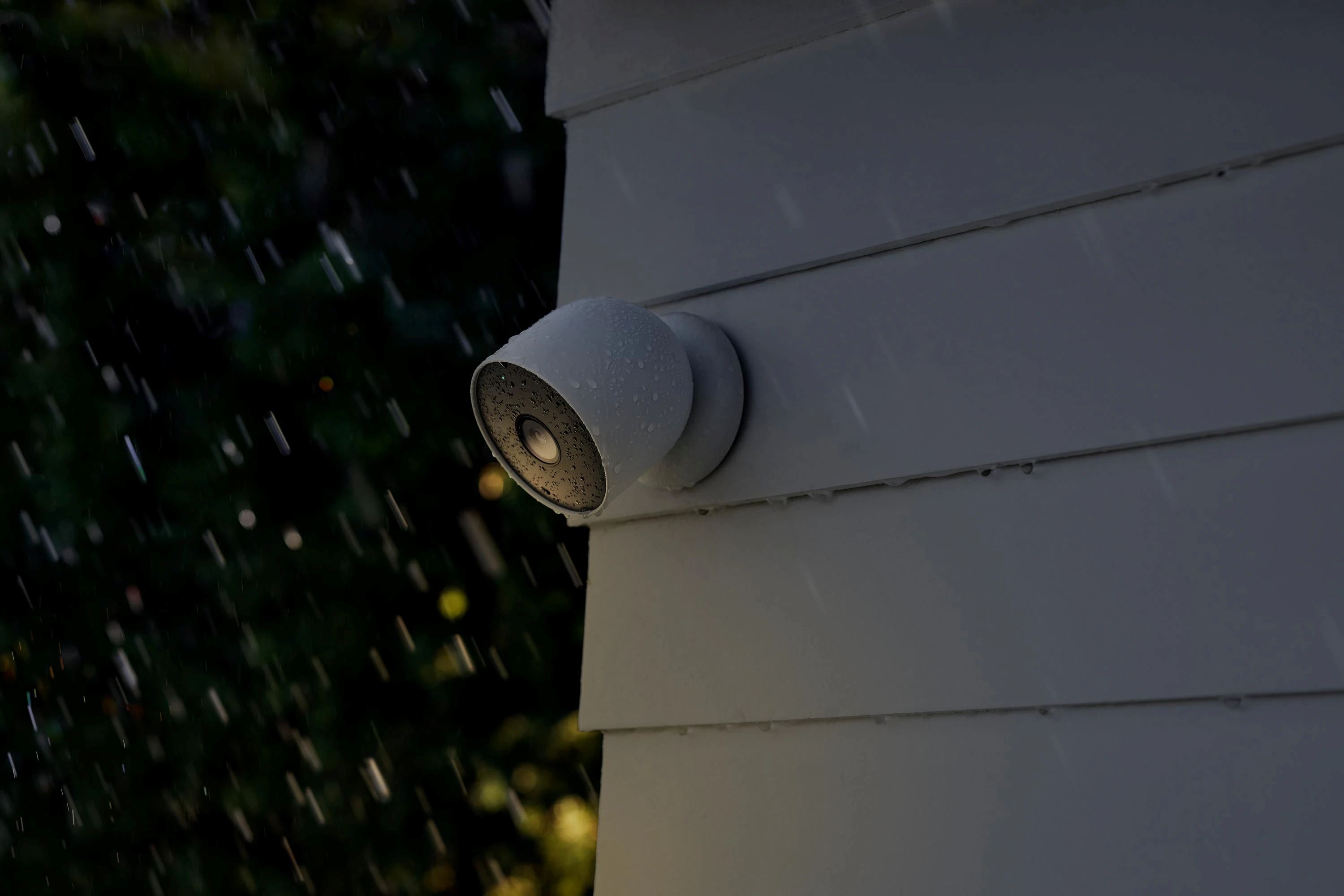
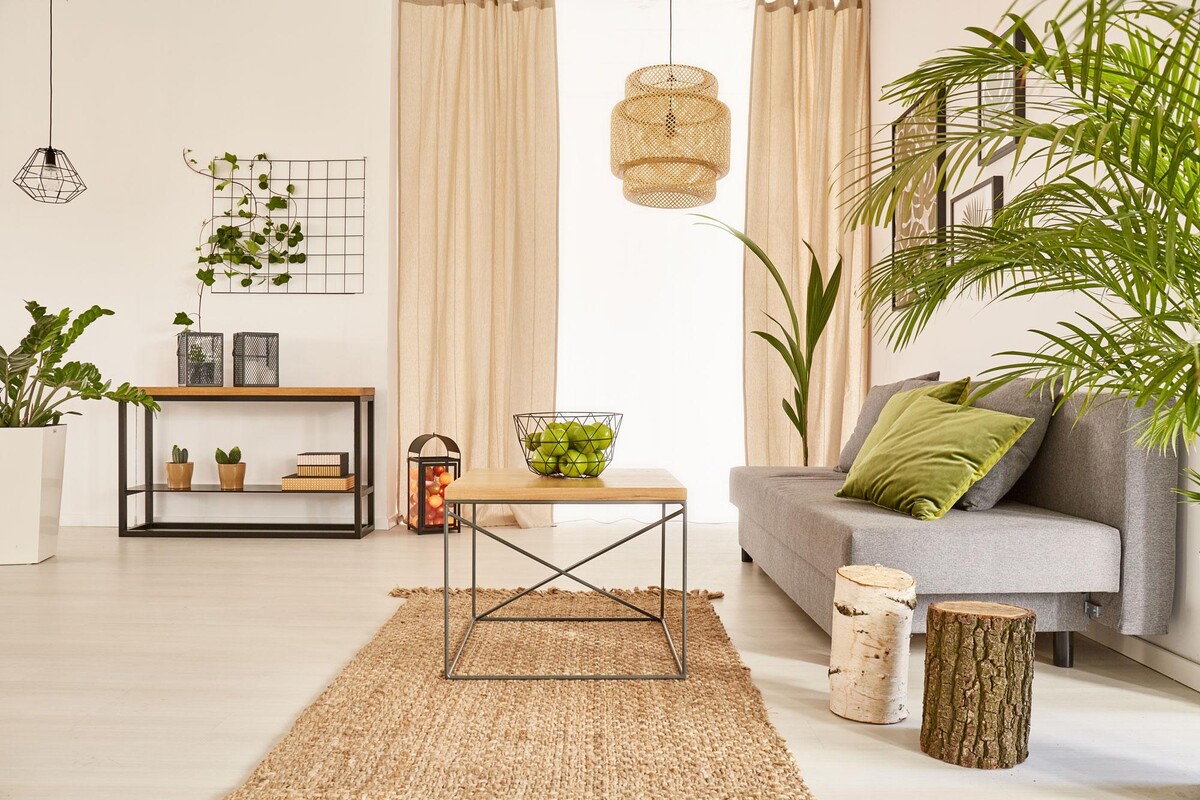
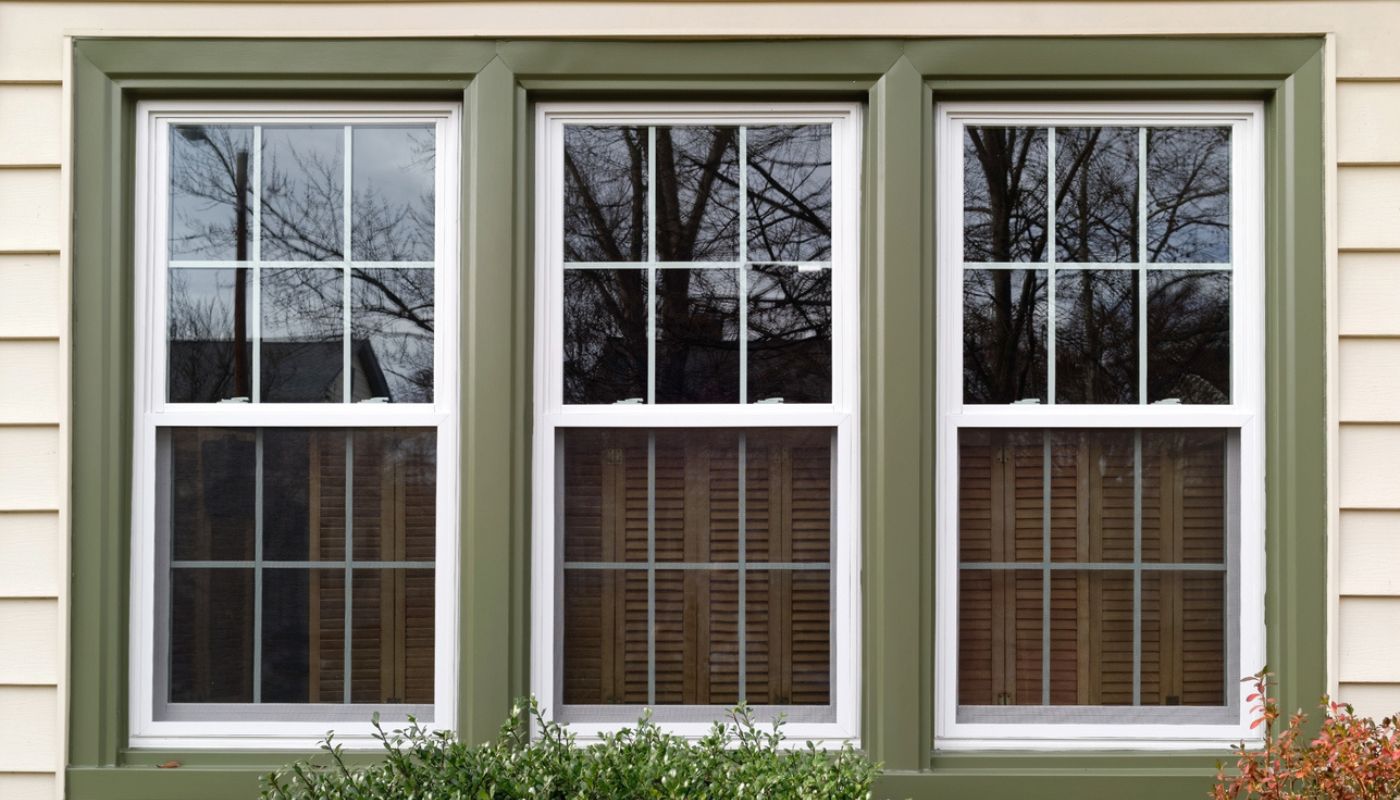
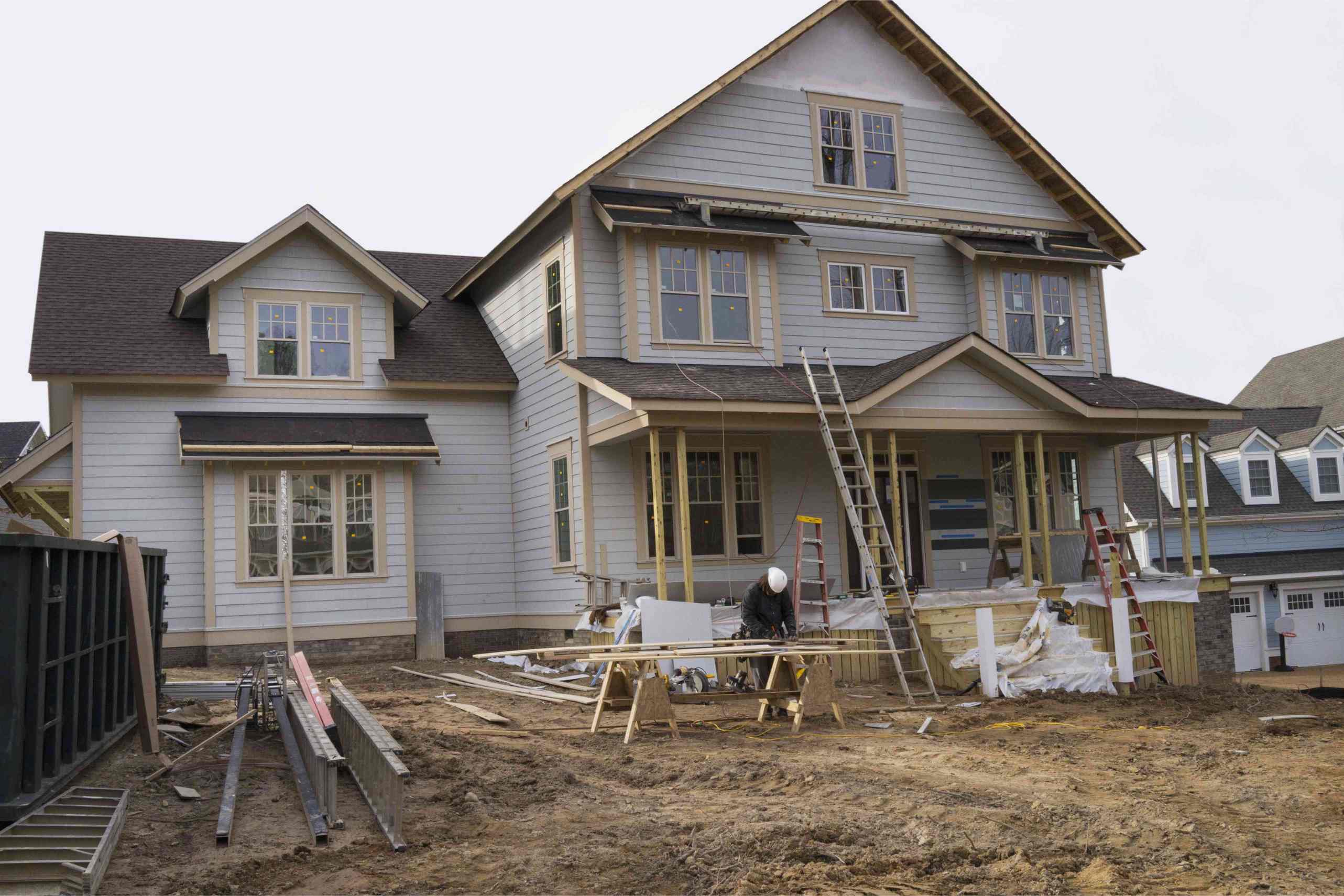
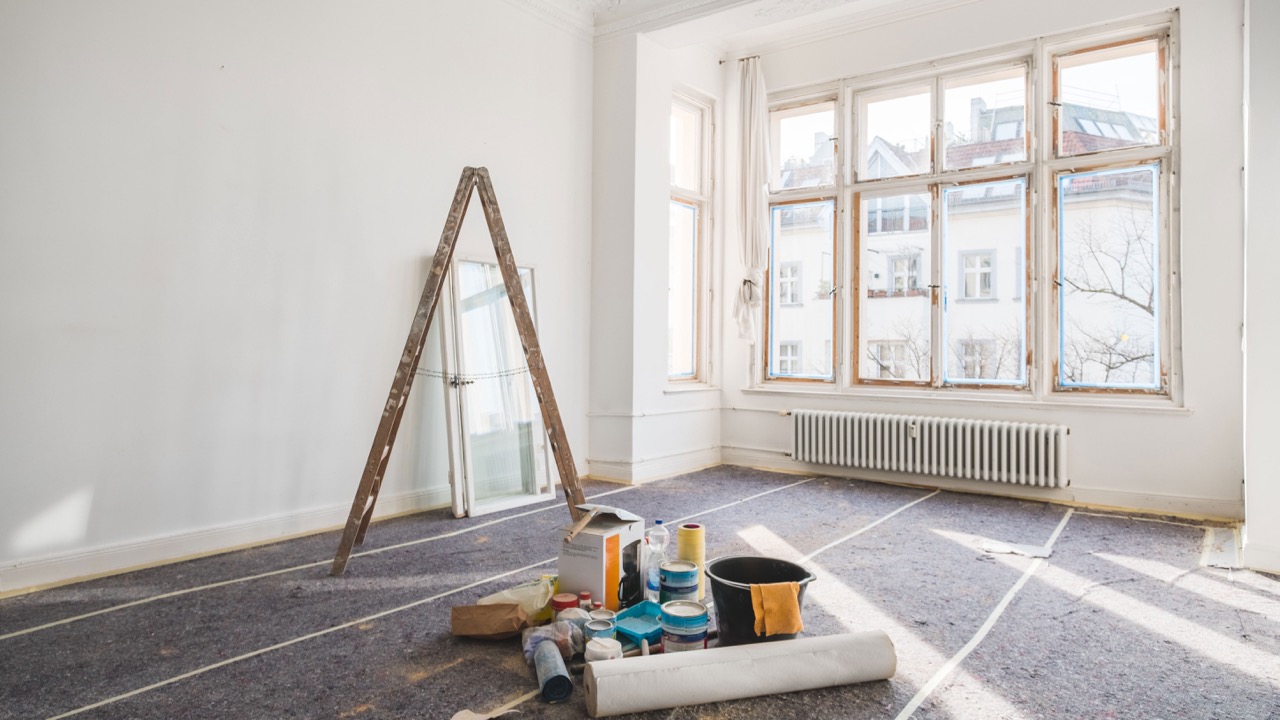
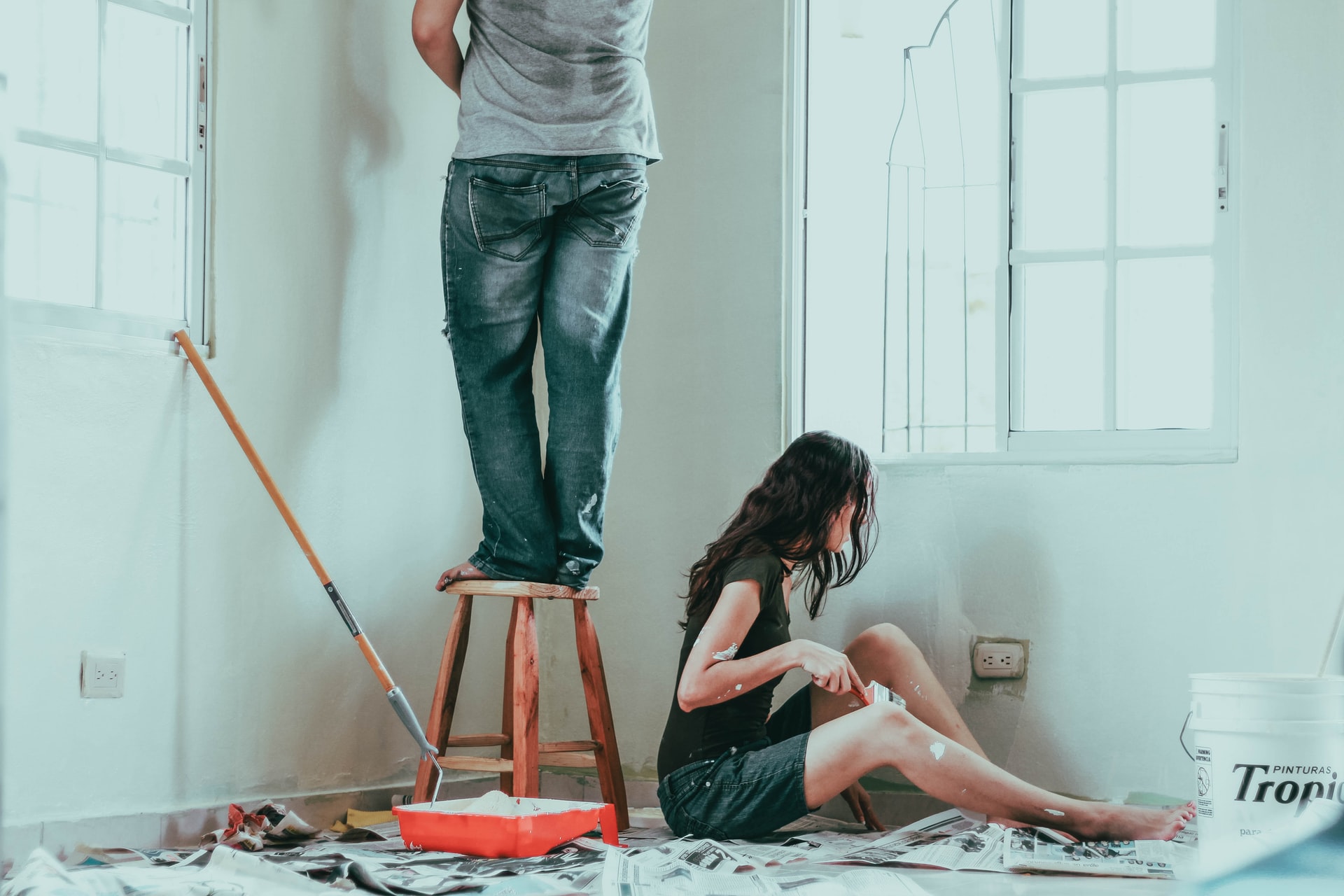
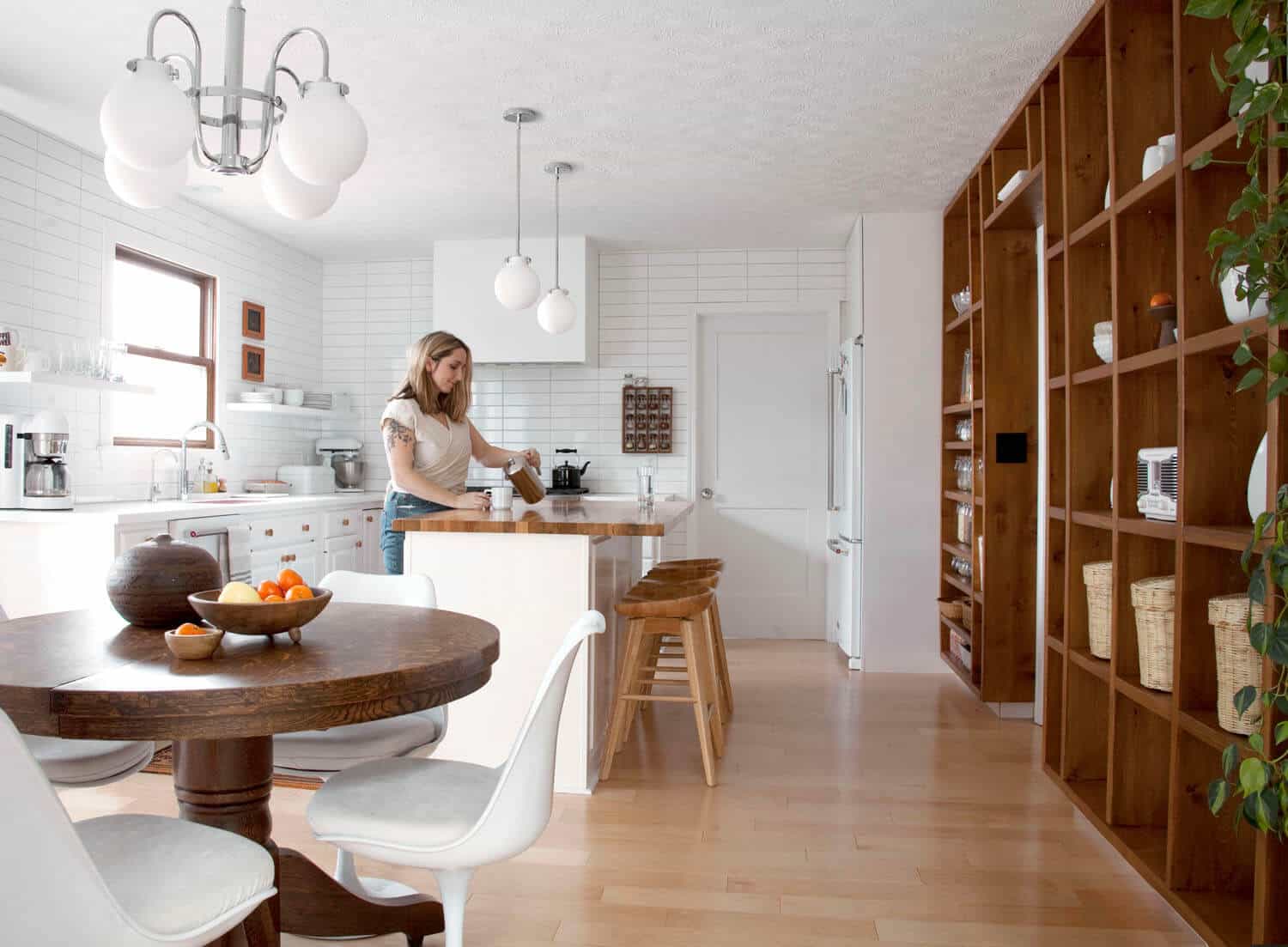
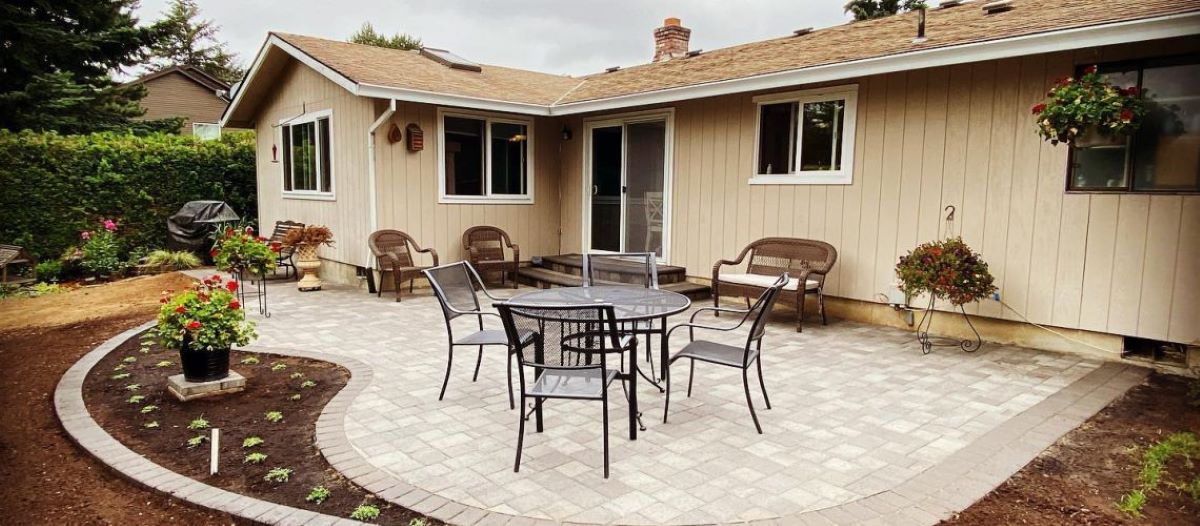
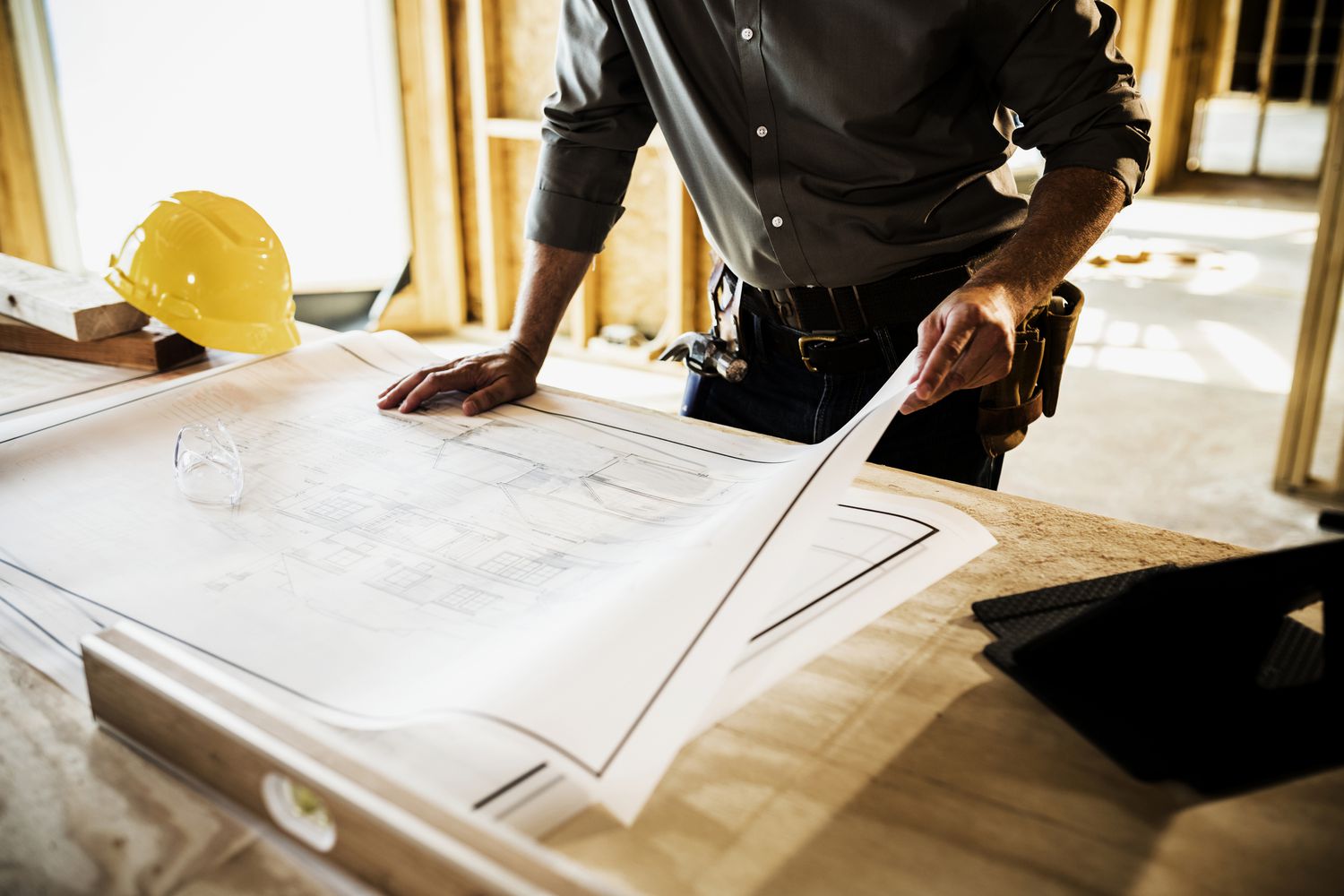
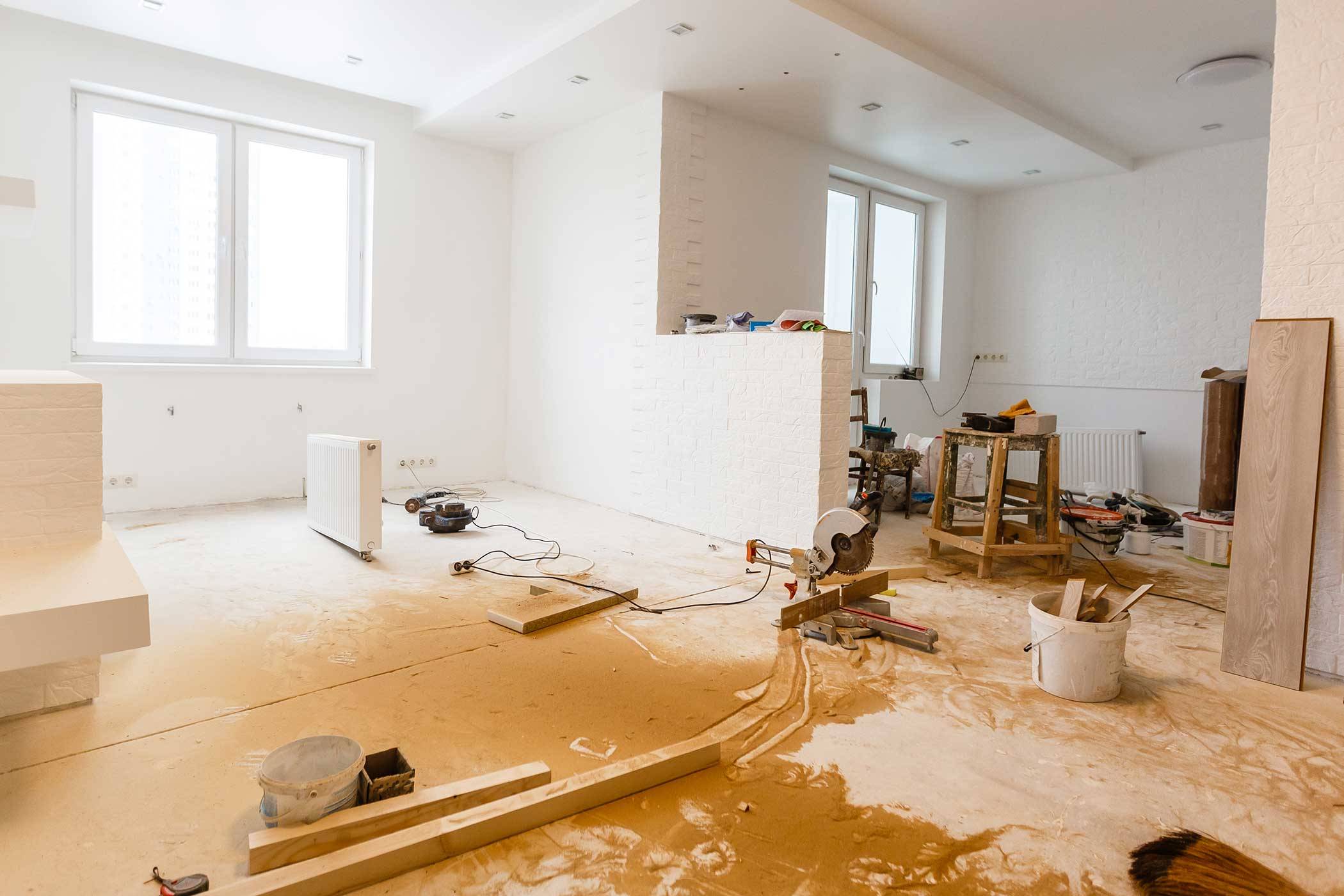
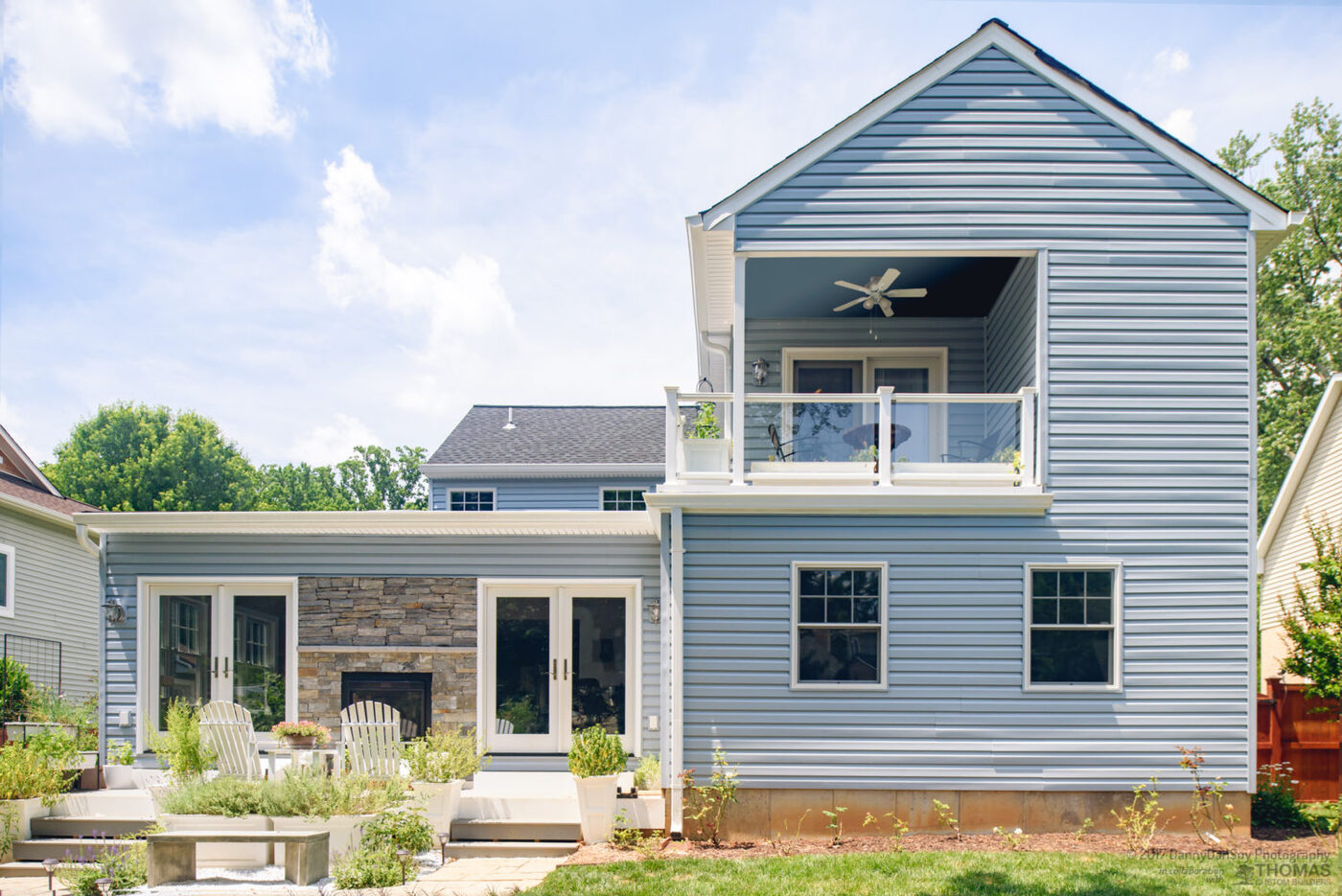
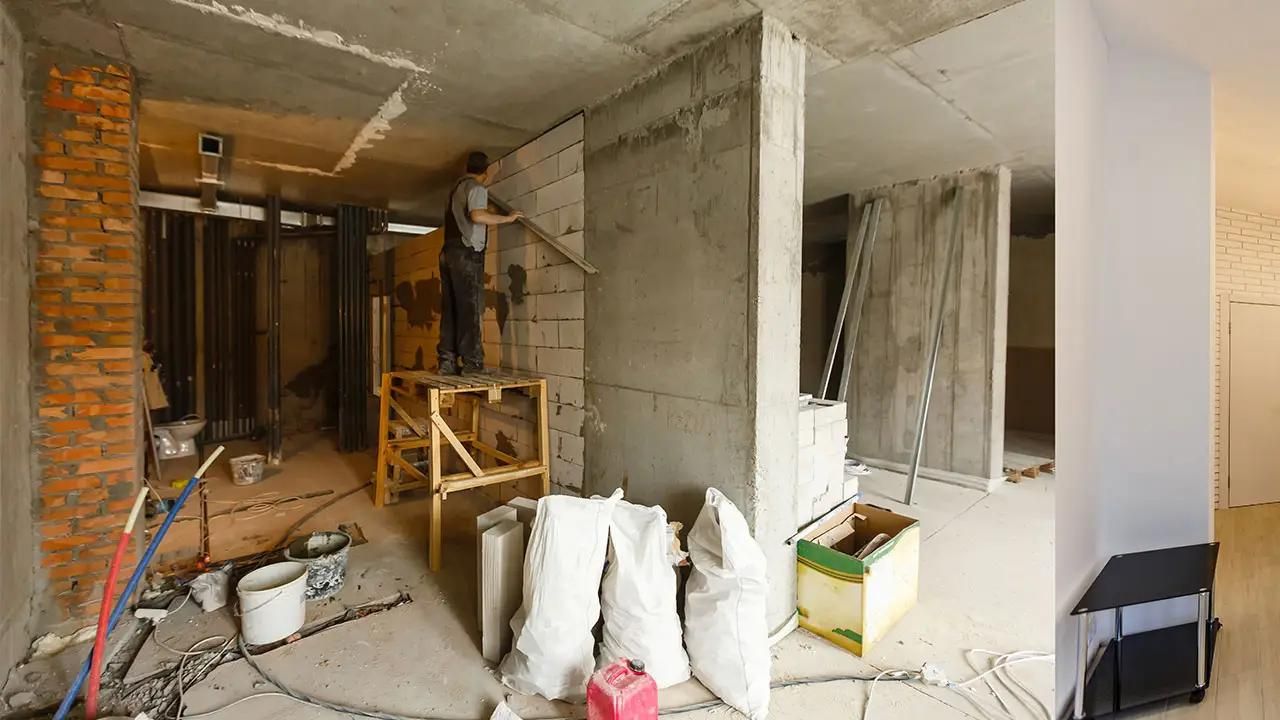
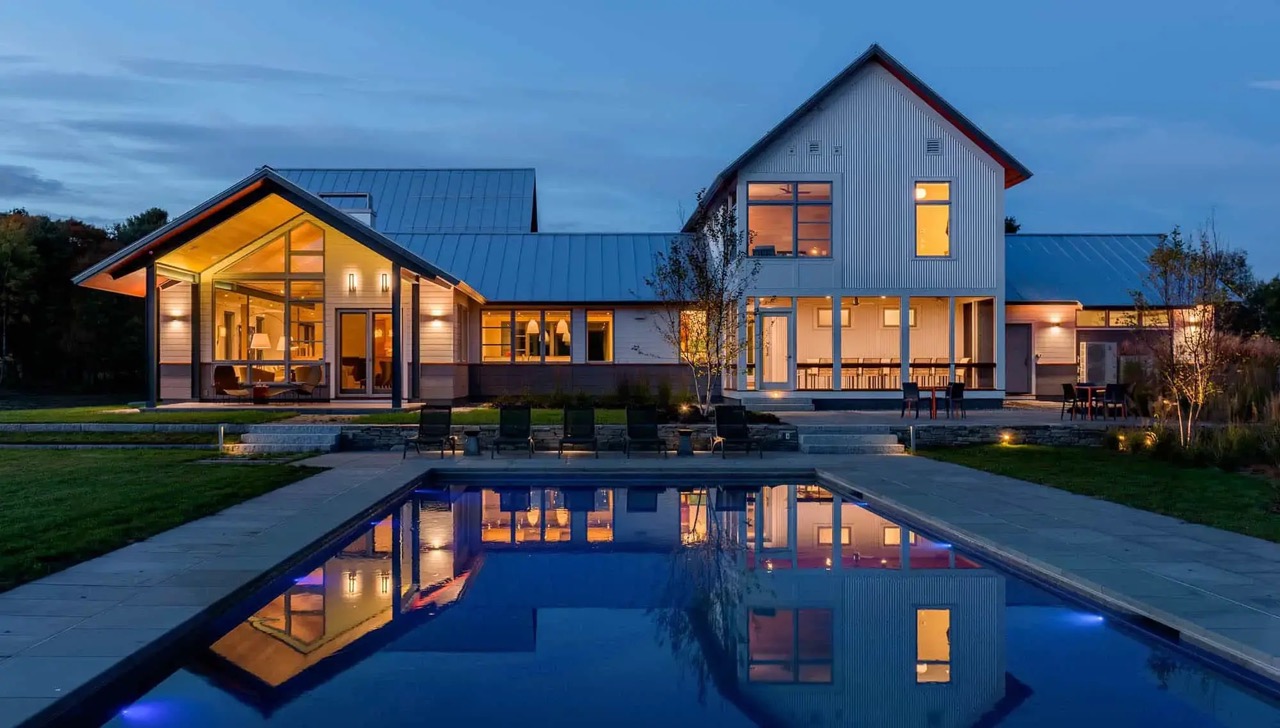

0 thoughts on “A Renovated Victorian Home That Benefits From A Harmonious Layout”